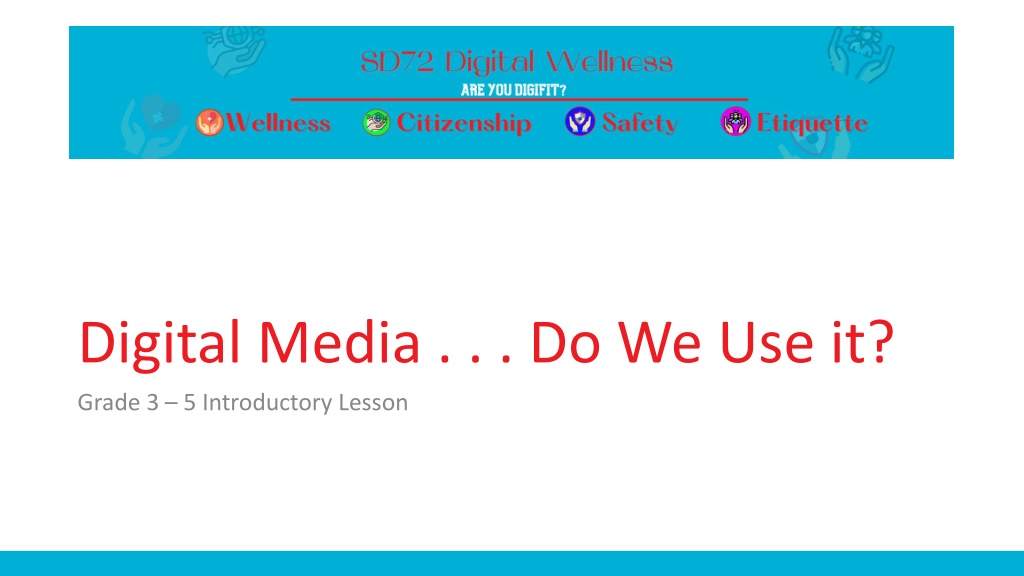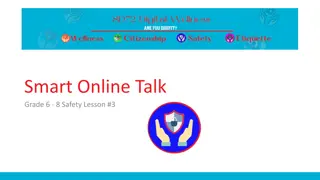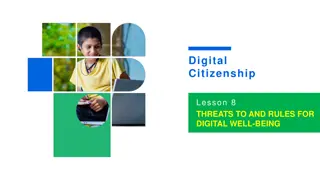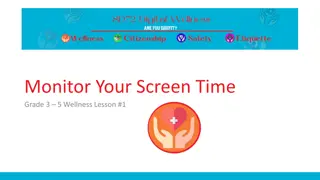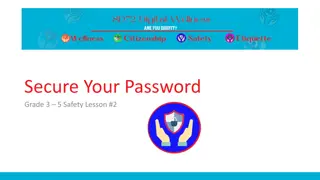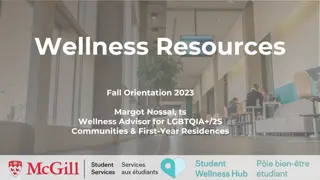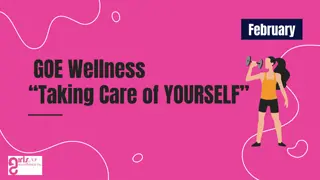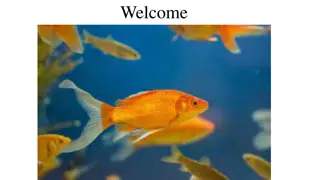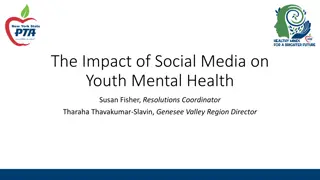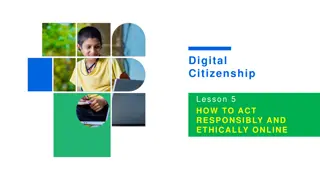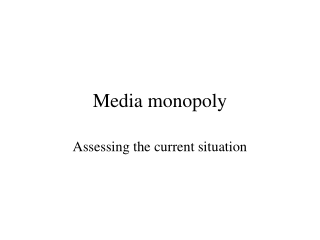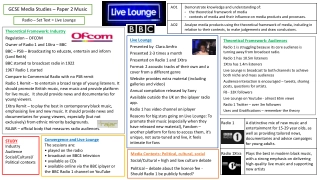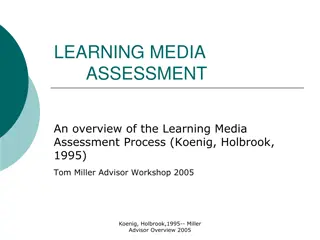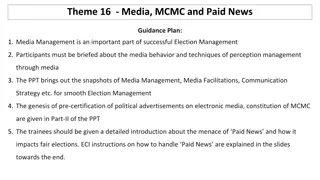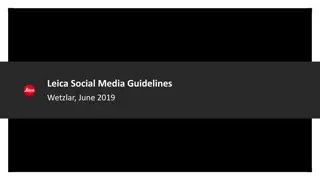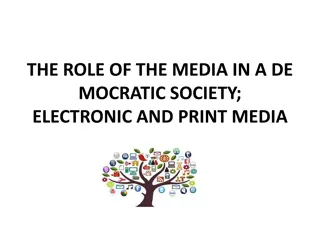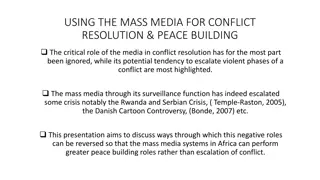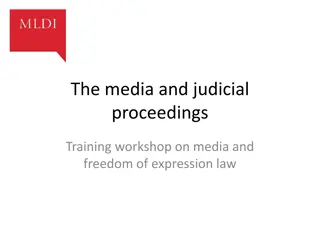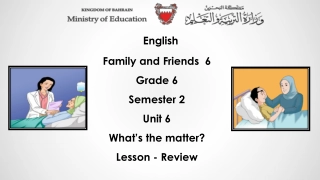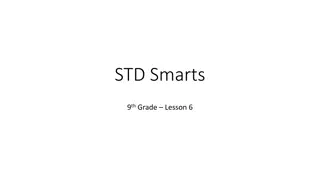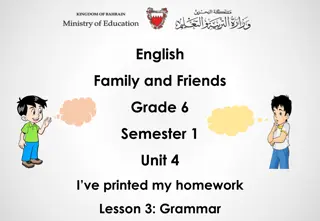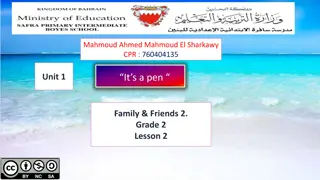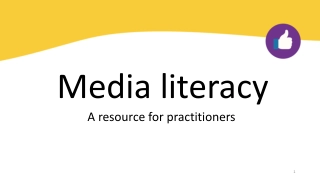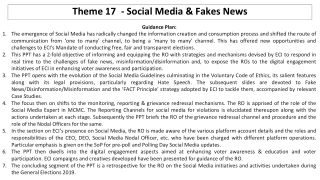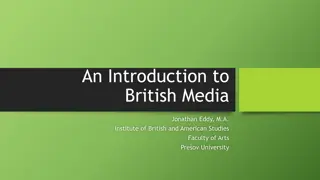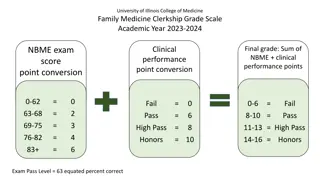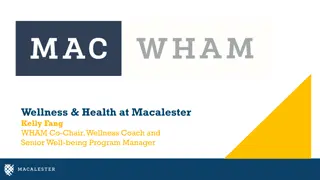Understanding Digital Media: A Grade 3-5 Introductory Lesson on Digital Wellness
Explore the importance of digital wellness and learn how to maintain a balance between digital and face-to-face interactions. The lesson covers concepts of citizenship, etiquette, and safety in the digital world, along with exploring what digital media is and how it shapes our everyday lives. Activities include reading "Nerdy Birdy Tweets" and brainstorming words related to digital usage.
Download Presentation

Please find below an Image/Link to download the presentation.
The content on the website is provided AS IS for your information and personal use only. It may not be sold, licensed, or shared on other websites without obtaining consent from the author. Download presentation by click this link. If you encounter any issues during the download, it is possible that the publisher has removed the file from their server.
E N D
Presentation Transcript
Digital Media . . . Do We Use it? Grade 3 5 Introductory Lesson
Digital Wellness Big Idea Ensure students, at every grade level, have the tools, resources, and skills to interact personally, socially, and educationally in the real world and in digital spaces. Encourage all students to make safe, healthy, and positive decisions to live a digitally balanced life in our technology-rich world.
WELLNESS = BALANCE IS BEST I will maintain a balance between digital and face-to face interactions in life. Digital wellness refers to the state of one s physical and mental health in the Digital Age. It is making intentional decisions to improve the healthy use of technology. This does not mean eliminating technology from our lives BUT to balance its use with healthy face- face interactions. CITIZENSHIP = BE THE BEST YOU I will be responsible, ethical, honest and literate in today s digital world. ETIQUETTE = IT S COOL TO BE KIND I will choose to be positive with others online. SAFETY = BE AWARE I will be safe online and protect private information.
LEARNING INTENTIONS WHAT is digital media and how we use it in our everyday lives. WHAT IS DIGITAL MEDIA? HABITS Recognize that digital media comes in all shapes and sizes. It can be any of the games, apps or programs we interact with, it can be the devices we use for these interactions or even the interactions themselves (texting, facetime, etc). Be aware of how, when and where we interact using digital media.
PREPARATION Book: Nerdy Birdy Tweets by Julia Cook Posters made up with the following headings: WHAT media is used; WHERE the media is used; WHEN the media is used. Game instructions (see link) Game questions/statements (see link) 5
ACTIVATE - READ Nerdy Birdy Tweets by Julia Cook Nerdy Birdy and his best friend, Vulture, are very different. Nerdy Birdy loves video games, but Vulture finds them BORING. Vulture loves snacking on dead things, but Nerdy Birdy finds that GROSS. Luckily, you don t have to agree on everything to still be friends. One day, Nerdy Birdy joins Tweetster, and the friend requests start flying in. Vulture watches as Nerdy Birdy gets swept up in his new friendships, but when she finally gets angry, Nerdy Birdy knows just what to do to make things right. Read Aloud.
AQUIRE - BRAINSTORM List ALL the words that come to mind when we use the word digital Think WHAT we use Think HOW we use it Think WHAT we use it FOR Digital
APPLY - RECORD What are your digital media use habits? WHEN WHERE WHAT When do you use digital media? Where do you use digital media? What games do you play? What apps do you use? What devices do you use? Add your answers to the appropriate list posted around the classroom. If your answer is already there, just put a checkmark beside it.
GAME STEP TO THE LINE
Teacher Notes Extension Home Resources Tips This lesson is a great introduction lesson to not only introduce the students to specific terminology that will be used throughout the unit BUT it will allow the teacher to learn more about media habits of their students. Collecting the information from the students will allow the teacher to better focus on what specific underlying problems may be (bullying, too much time on technology, etc) Looking at the information students have filled out on the posters, have a discussion about appropriate LOCATION for using digital media, TIME/DURATION of use and exactly WHAT they are using. Lead a search and discovery for Age of Consent for each of the apps and WHY this might be so.
